
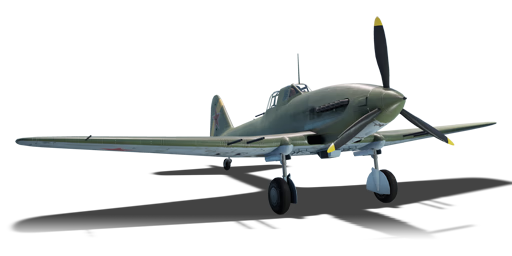


The IL-10 (1946) is a Soviet strike aircraft. It was introduced in Update 1.41.
As a continuation of the famed Ilyushin IL-2 series, the IL-10 (1946) is a highly upgraded version of the classic Soviet ground attacker of World War Two. Unlike its predecessors, who wield a pair VYa 23 mm cannons, the IL-10 (1946) utilizes four NS-23 23 mm cannons which increase the plane's anti-aircraft capabilities, at the expense of the anti-armour stopping power of the NS-37s and VYas of other IL-2s (60/37 mm of penetration-> 29 mm of penetration). The IL-10 (1946) is also highly capable of defending itself from the rear, unlike its earlier relatives which wielded a single 12.7 mm Berezin UB machine gun. This aircraft boasts a 20 mm Berezin B-20 cannon capable of ripping would-be killers apart. Although extremely dangerous in a low-speed and low-altitude dogfight, this aircraft suffers at both higher altitudes and higher speeds, where post-war fighters such as the F8F-1B have the advantage. The IL-10 (1946) also features an armoured cockpit and engine, which increases the aircraft's resistance to sub-calibre armour piercing rounds. Thus, just like its earlier relatives, the IL-10 is a very heavy aircraft which can hurt performance aspects such as acceleration.
The IL-10 (1946) wields an impressive armament of four 23 mm NS-23 cannons, placed in the wings. While not capable of destroying heavy ground targets, these cannons are extremely deadly to single, twin, and quad-engine aircraft alike. The rounds have a fairly slow muzzle velocity, however, so it is crucial to lead the target properly, especially in a dogfight. Equipping the "air targets" belt is the best choice as it serves the both light-ground attack and anti-aircraft roles very well.
flaps
flaps
flaps
brake
| Belt | Belt filling | Armor penetration (mm) at a distance: | |||||
|---|---|---|---|---|---|---|---|
| 10 m | 100 m | 500 m | 1000 m | 1500 m | 2000 m | ||
| AP-I/FI-T | 32 | 30 | 22 | 15 | 10 | 7 | |
| FI-T/AP-I/AP-I/AP-I | 32 | 30 | 22 | 15 | 10 | 7 | |
| FI-T/FI-T/FI-T/AP-I | 32 | 30 | 22 | 15 | 10 | 7 | |
| AP-I | 32 | 30 | 22 | 15 | 10 | 7 | |
| Belt | Belt filling | Armor penetration (mm) at a distance: | |||||
|---|---|---|---|---|---|---|---|
| 10 m | 100 m | 500 m | 1000 m | 1500 m | 2000 m | ||
| AP-I/FI-T | 32 | 30 | 22 | 15 | 10 | 7 | |
| FI-T/AP-I/AP-I/AP-I | 32 | 30 | 22 | 15 | 10 | 7 | |
| FI-T/FI-T/FI-T/AP-I | 32 | 30 | 22 | 15 | 10 | 7 | |
| AP-I | 32 | 30 | 22 | 15 | 10 | 7 | |
| Belt | Belt filling | Armor penetration (mm) at a distance: | |||||
|---|---|---|---|---|---|---|---|
| 10 m | 100 m | 500 m | 1000 m | 1500 m | 2000 m | ||
| FI-T/HEF | 3 | 3 | 3 | 3 | 3 | 3 | |
| AP-I/FI-T/AP-I | 28 | 24 | 14 | 7 | 4 | 2 | |
| FI-T/HEF/HEF-I | 4 | 4 | 4 | 4 | 4 | 4 | |
| Name | Weight | Slot | ||||||
|---|---|---|---|---|---|---|---|---|
| 7.8 kg | 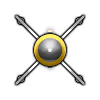 |  |  |  | ||||
| 15 kg | 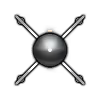 |  |  |  | ||||
| 42.4 kg | 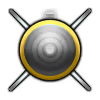 |  |  |  | ||||
| 51.6 kg | 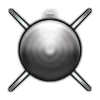 |  |  |  | ||||
| 49.8 kg |  |  | ||||||
| 103.5 kg |  |  | ||||||
| 252.2 kg |  |  | ||||||












Flight performance | |
|---|---|
Survivability |
|---|
Weaponry | |
|---|---|